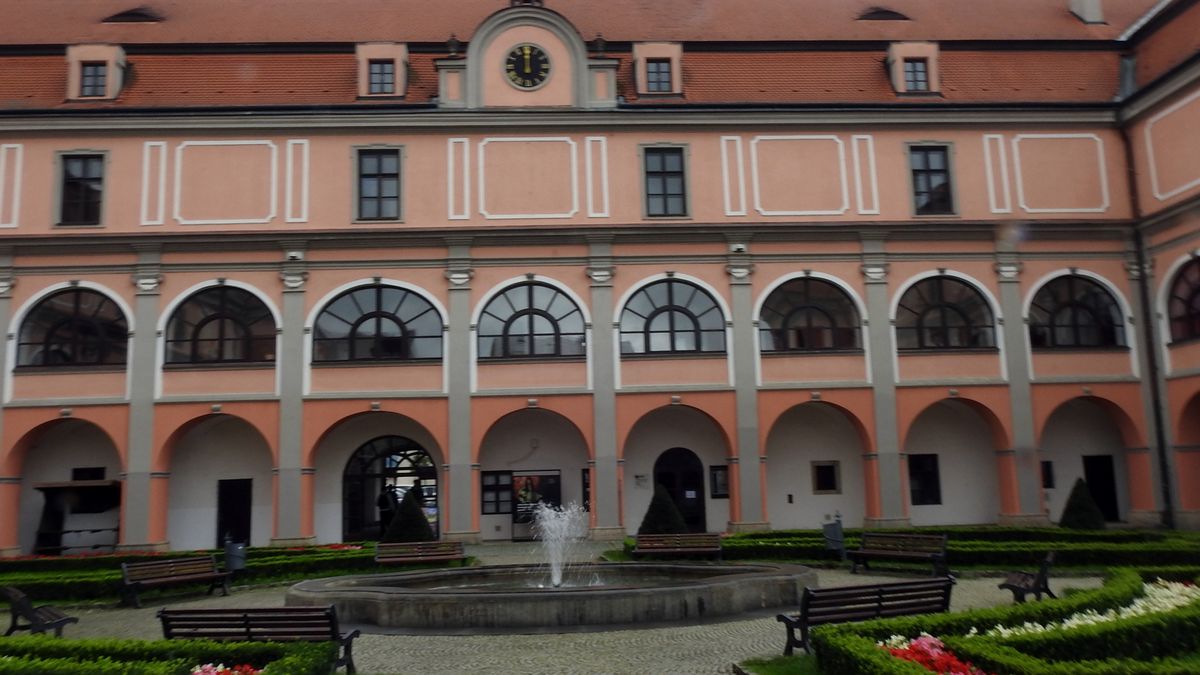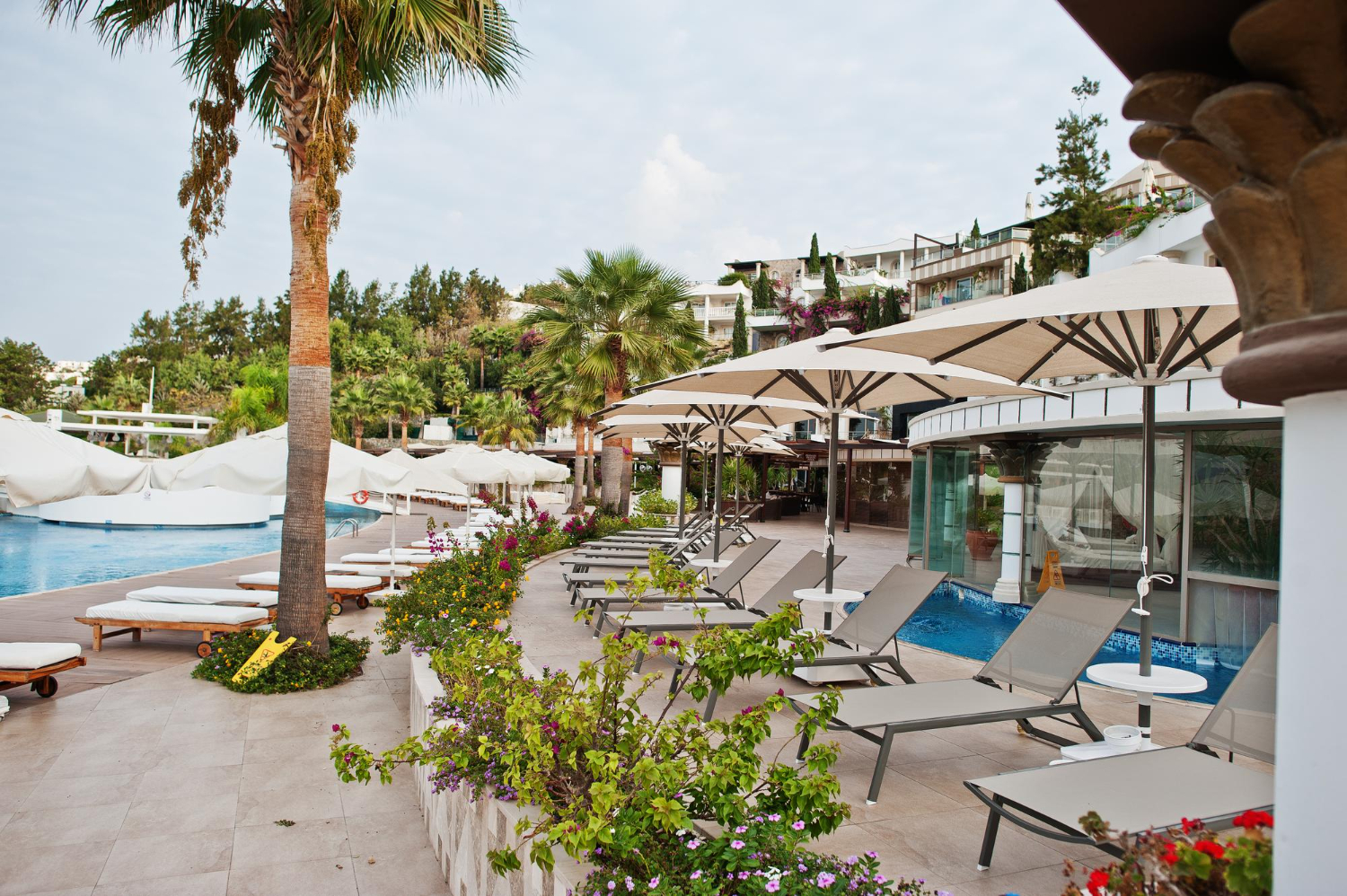Photo: Vratislav Konečný
Valmez - a town with a distinctive story
Valašské Meziříčí, which the locals simply call Valmez, is a city rich in history, cultural traditions and quirky humour. It is therefore not surprising that in the local information centre you will find trinkets with the inscription "Don't sleep in Bečva" - a symbol of regional identity. But what attracts visitors to the castle most is its unusual past: in the 19th century, one of the of the strictest women's prisons of the Austro-Hungarian Empire.
Photo: Vratislav Konečný
From Renaissance mansion to prison cells
Original Žerotín Chateau was created around the year 1538when the decision to build it was made John of Pernštejn. After a short time it passed into the possession of a major of the Moravian Žerotín familywho held it until the early 19th century. The Žerotín family was one of the most influential noble families in Moravia, and their estates were located, for example, in Velke Losiny, Náměšt' nad Oslavou or Přerov.
After a year 1815 the lock has passed into the hands of the Kinský familywho modified it in a Baroque style and later sold it to the state. It was then that the building was transformed into a Prison Institute for Women - a facility known for its harshness and strict discipline.
Photo: Vratislav Konečný
Women's prison: silence, work and prayer
The prison was opened in 1855 and has been in operation for more than half a century. The capacity of the facility was around 500 women, although extant records speak of approximately 370 names.
The operation was handled by Religious Sisters of Saint Vincent de Paula from Graz. The male staff was limited to guarding and administration.
The conditions were very strict - talking was forbiddencommunication was limited to prayer or work.
The inmates were expected obedience, piety and repentance. Approximately one in seven women imprisoned here has diedoften due to poor living conditions or old age.
Photo: Vratislav Konečný
Marysha and the myth of the real prisoner
The local history is also linked to the legend that the woman who inspired the drama "Marysha" brothers Carrots.
In fact, however, the character of Marysha was created by the fate Marie Horáková, née Turkwho lived a peaceful life and committed no crimes. The Carrots used only the motive of forced marriage, not the actual murder of her husband.
On the contrary a real case of pot Josefa Sittová from the year 1905...who poisoned her husband with rat poison, is reminiscent of the reality of the penitentiary at the time. Her death sentence was later commuted to 20 years, part of which she served in Valašské Meziříčí.
Photo: Vratislav Konečný
From prison to gallery and museum
After the prison closed in 1911 lock purchased Cardinal Bauerwho had it modified to Infirmary during World War I. Later the building served the army and eventually passed to the city property.
Today the castle belongs to the the most important historical monuments of Valašské Meziříčí. Its premises are home to Museum of the Wallachia Region, which offers expositions about women's prison, of the Žerotín family and about Baroque art.
Special attention deserves Chapel of the Deathly Sorrows of the Lord Jesus, the painting of which was done by a Moravian Baroque painter Josef Ignác Sadler.
Photo: Vratislav Konečný
Cultural centre of the region
Since the 1970s, the legendary M-Club, one of the oldest music clubs in the country. Wallachian Mezirici is also famous Festivals Wallachian spaniel, International Poetry Festival or dulcimer festival.
The city is rightly called "Wallachian Athens"because it connects art, history and education. In addition to the castle, it is also worth visiting Church of the Assumption of the Virgin Mary, timbered church of the Holy Trinity a Moravian Tapestry Manufactorywhich still maintains the textile tradition of the region.
Photo: Vratislav Konečný
Prison is a short text
This area of the castle housed the technical facilities of the prison institution.

Photo: Vratislav Konečný
A visit that is worthwhile
Although there is no White Lady or Marysha wandering around the castle, its atmosphere breathes history. Visitors can walk through Baroque halls, former cells, a chapel and a modern gallery.
The former penitentiary has become a space of culture, knowledge and memories of the pastthat is no longer dark, but inspiring.
cen.wikipedia.org/wiki/Marissa
en.wikipedia.org/wiki/Wallachian_Meziříčí_(castle)
zlin.rozhlas.cz/zamek-zerotinu-in-valassko-mezirici-has-a-dark-history-behind-the-austrian-hungarian









